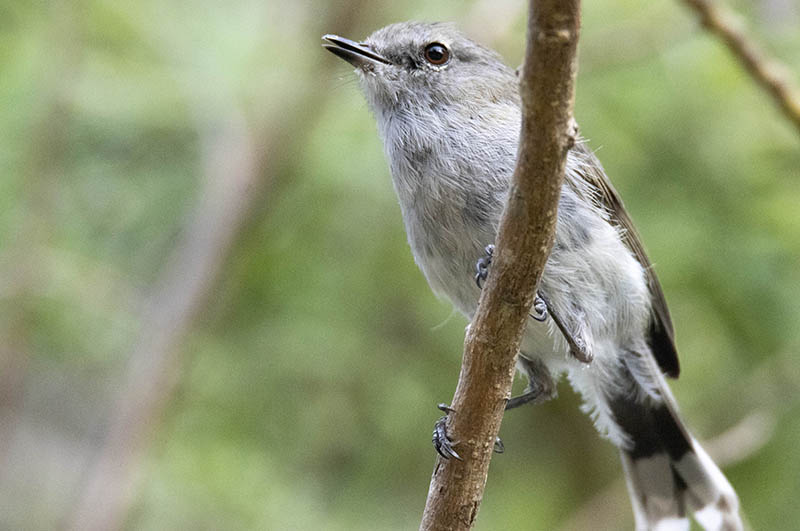Verum Group: Using song to count and identify individual birds in the wild
When you hear birds calling, you’re listening to a conversation. Often, the birds you hear might know each other as individuals, and they may recognise one another based on song alone. Conservation can benefit from this voice recognition too. Being able to identify individual birds from their song could allow us to monitor individuals, neighbourhoods, and populations with minimal disturbance.
Researchers at Verum Group have successfully developed machine learning approaches for individually identifying roroa – great spotted kiwi (Apteryx haastii) by their calls. In the Paparoa Range, they collected and analysed hundreds of roroa calls from thousands of hours of recordings during the 2020/21 roroa breeding season, and have confirmed that individual adult roroa can be distinguished acoustically. Studies are ongoing, but they have also successfully applied their methods to the songs of riroriro – grey warblers (Gerygone igata) collected with directional microphones in the Christchurch and Banks Peninsula areas.
Verum Group researchers Carol Bedoya and Dr Laura Molles are currently expanding their scope to additional populations and species, and aim to use acoustic identification as a novel way to study animal behaviour in the wild while contributing to monitoring and management goals.
They presented their findings, focussing on the kiwi work, at the 2021 Birds New Zealand conference.
“The kiwi-focused work has progressed substantially since then, with the work recently submitted for publication. We also want to see our approach applied to several other animal species, so we are working on that this year,” says Laura.
A visualisation tool, developed by Sara Coutinho, where you can pinpoint and hear various individual kiwi calls is available on the Atarau Sanctuary website: https://kiwiviz.atarausanctuary.co.nz/. The team plan to continue updating this as they process more observations, and to expand the tool to include other species.
“Avian vocal individuality carries information that can be utilized as an alternative to physical tagging of individuals – it is much less invasive, but it is rarely used in conservation tasks despite rapidly-expanding use of passive acoustic monitoring techniques. Our method, tested using data collected in the wild, allows rapid individual identification and even acoustic censusing without prior information from the recorded individuals,” says Laura.
This approach will benefit monitoring for conservation, and paves the way towards robust individual acoustic identification in species whose handling is time-consuming or logistically difficult.
Verum Group’s work on identifying grey warbler/riroriro from song is being supported by the Brian Mason Scientific and Technical Trust. The trust has enabled the purchase of additional automated recorders and Sara’s involvement in developing web tools/visualisation for the riroriro work.
Further Information
Click here for more information about this project and other projects at Verum Group.
Date posted: 25 March 2022

